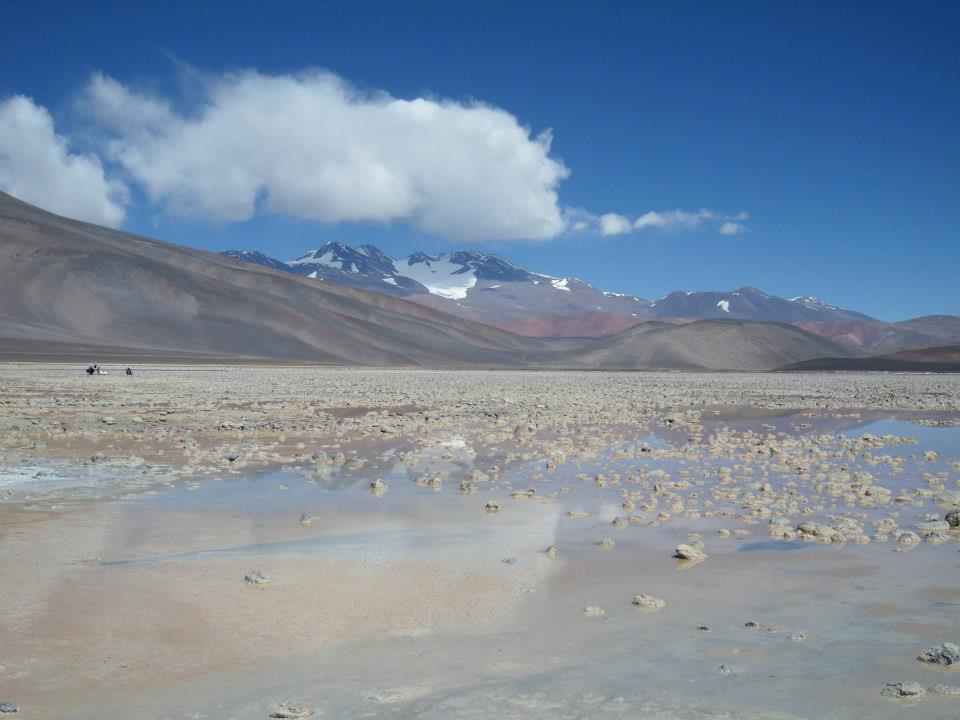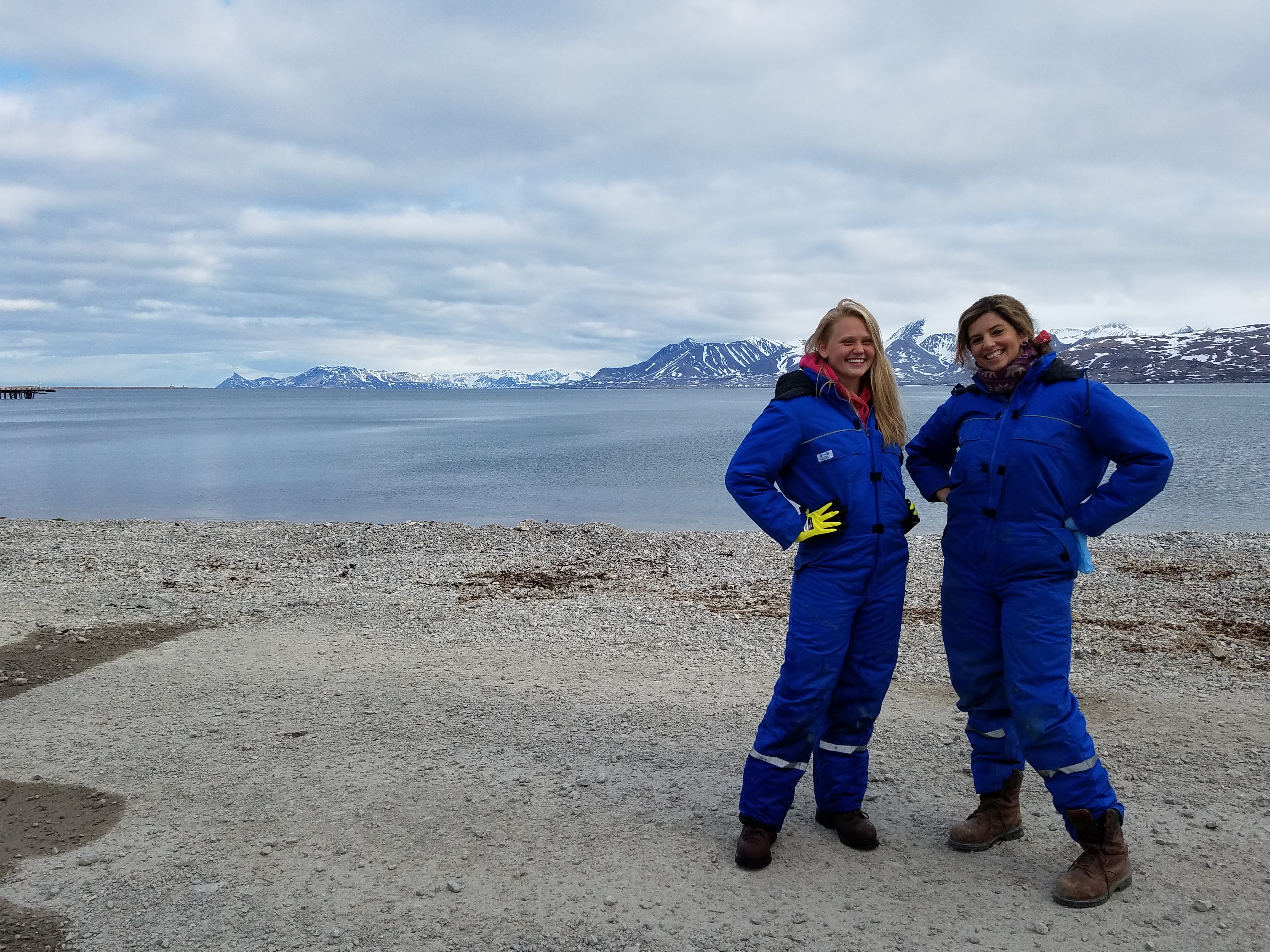
Microbes living in Laguna Negra, a hypersaline lake standing at 4100 meters above sea level, have to deal with polyextreme conditions – high salt content, low nutrients, severe aridity, and high UV radiation to name a few. These microbes also have to contend with supersaturation of calcite, a calcium carbonate mineral that entombs them in rock. We call these rocks ‘microbialites’.
Collaborators - F. Gomez (CONICET, Argentina), D. Fike (Wash U), & L.C. Kah (Univ. of TN).

Expeditions to the high Arctic to investigate microbial communities and biogeochemical cycles within fjord sediments. The Arctic is experiencing warming 2 - 3 times greater than the rest of the planet. As the climate warms, glacial retreat and melting drive ecosystem feedbacks that we are only beginning to understand and predict.
Collaborators - K. Lloyd & K. Sipes (Univ. of TN), B.B. JØrgensen, A. Michaud, & K. Laufer (Aarhus Univeresity, Denmark), A. Loy & K. Wasmund (Univ. of Vienna), L. Wehrmann & L. Hebert (Stony Brook U.).

The Biology Meets Subduction team, composed of geochemists, microbiologists, and volcanologists, head up to the high Andes to sample about 20 geothermally active sites. Our sampling program included collecting gas, sediment, and water, all to investigate the interactions between geochemistry and microorganisms that are perhaps driven by differences in Earth’s interior.
Collaborators - K. Lloyd & T.J. Rogers (Univ. of TN), D. Giovannelli (Univ. of Naples), Maarten DeMoore (Universidad Nacionale Costa Rica), Peter Barry (Woods Hole Oceanographic Institution), Matt Shrenk (Univ. of Michigan), Gerdhard Jessen (Universidad Austral de Chile), F. Gomez (CONICET, Argentina), Emilce Bustos, Agostina Chiodi (Universidad Nacionale de Salta), & Fili Povich.